Your daily dose of Product Management Goodness
Want to know more?
We would love to hear your questions and suggestions for topics you would like to see covered in our future blog posts, so don't be shy and get in touch!

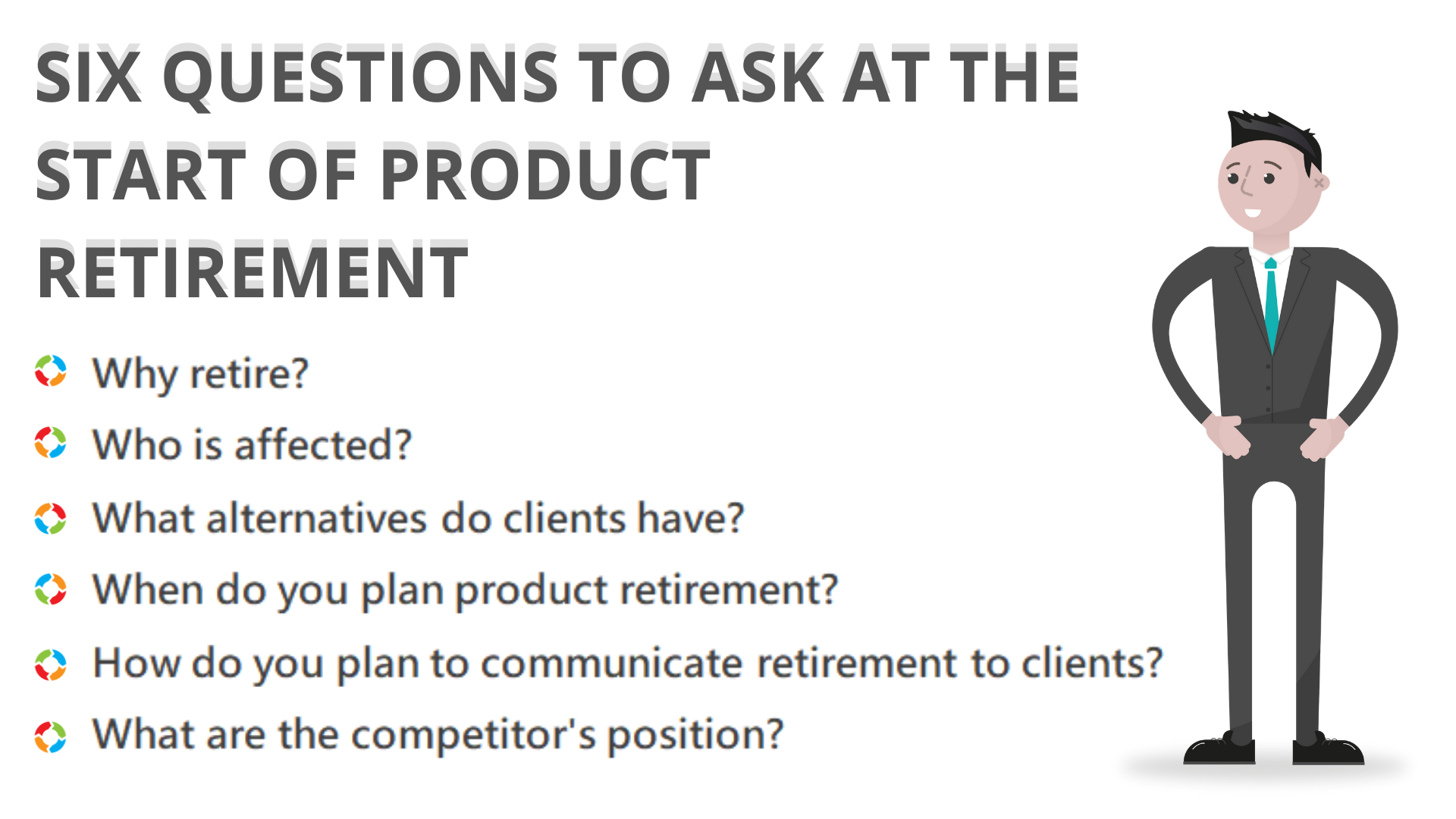
Retire a product
How should you retire a product?
Before starting a product retirement we use these six questions to check if retirement is something that should be considered – a set of basic checks to clarify why you’re retiring a product and what it will mean to you, your customers and your competition.
read more
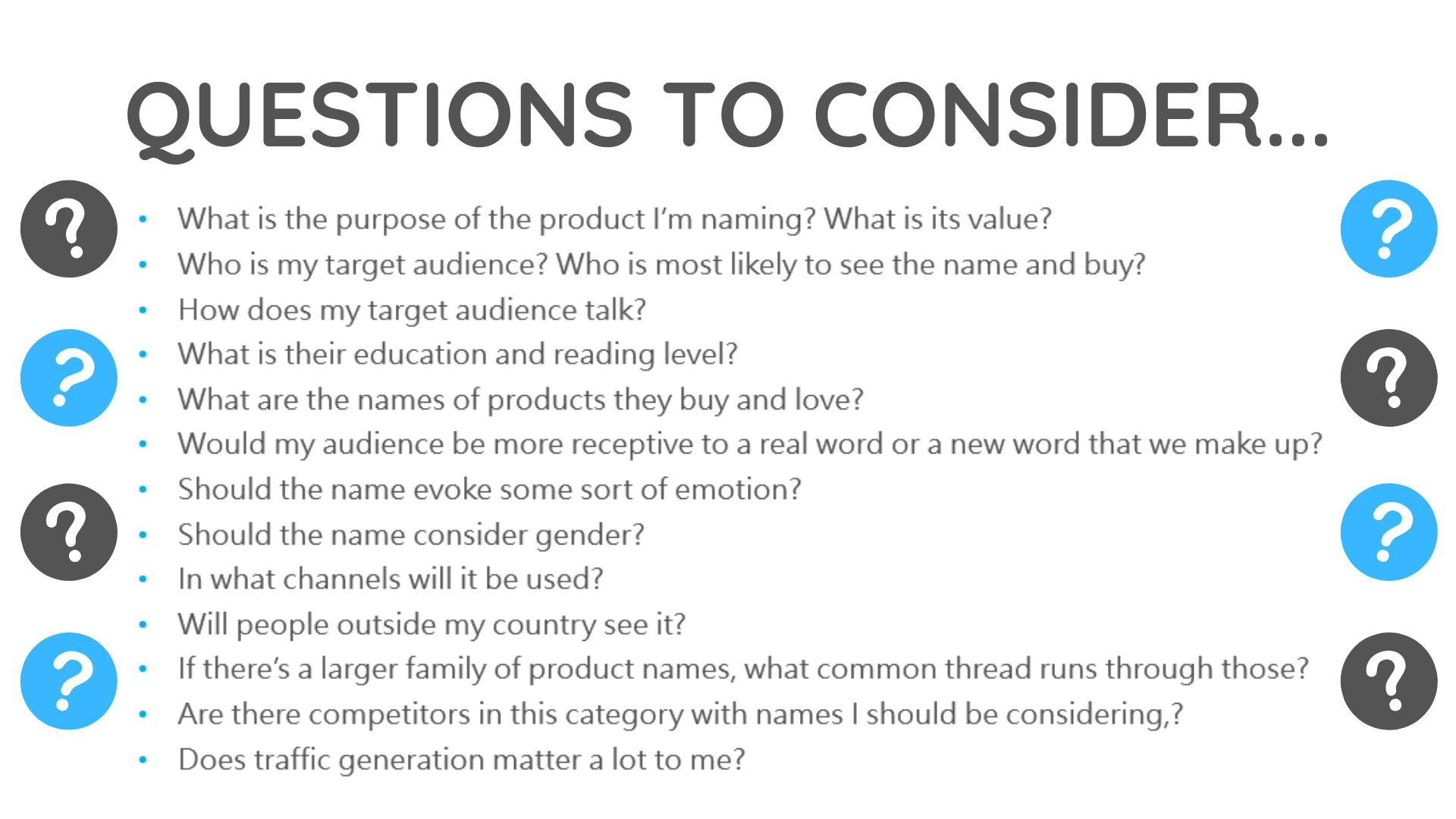
Naming a product
What’s in a name?
Our name gives all sorts of clues as to who we are, where we came from, our gender, our age, etc. The same’s true with product naming. What we call our product, service or business can have significant impact on its success and position (Think Easyjet and you have a business name that can’t be exclusive and high-end). Then there are local language issues (Think Mitsubishi Pajero in South America), search engine optimisation problems, (call it something so common it will be on page 5 of the search results or so complex and no-one will be able to spell it), etc. Here’s our checklist of things to think about when you name a product
read more
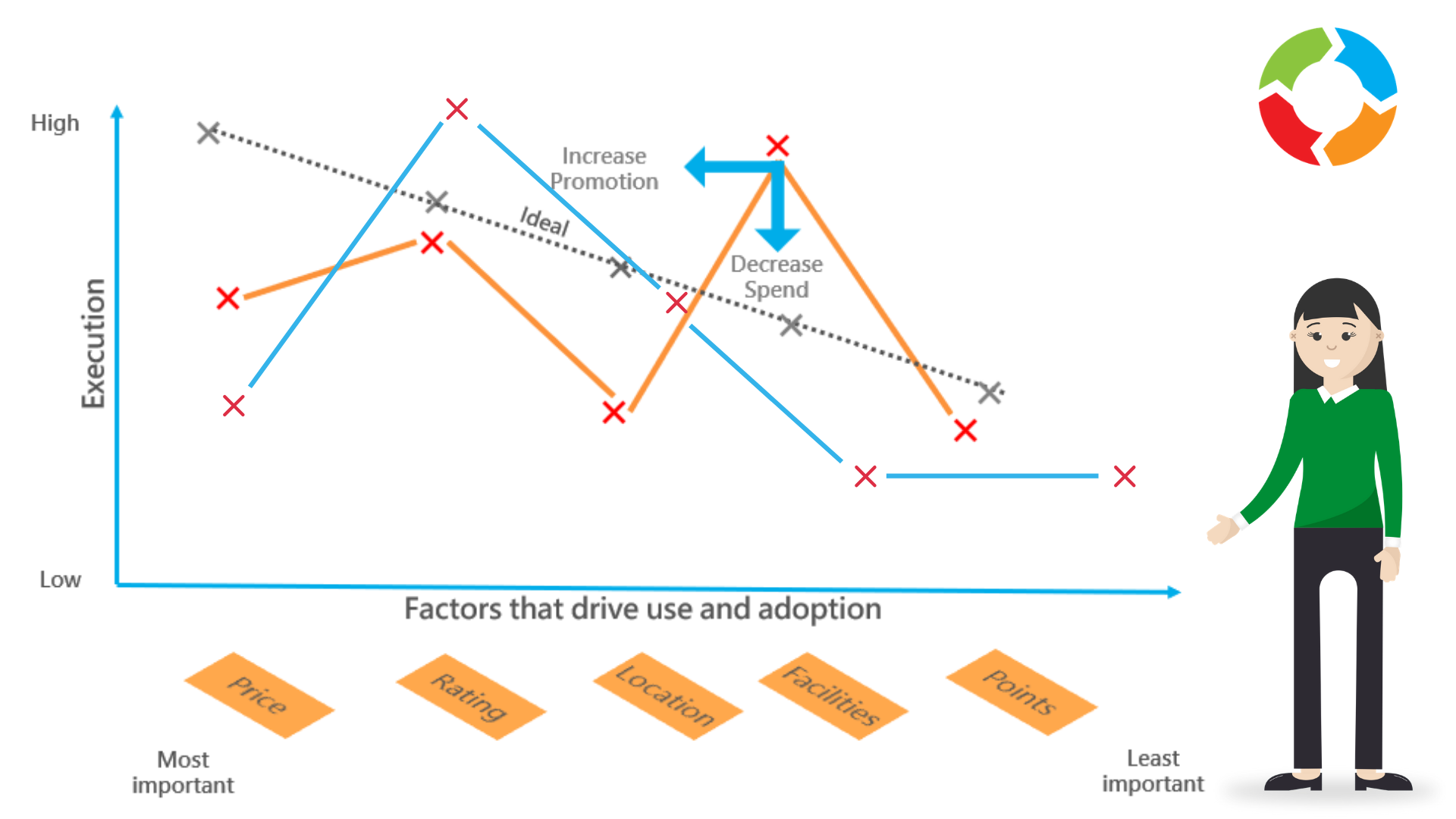
Competitive Landscape
Here’s a tool to help Product Managers assess their competitive landscape . Based on the fact that customers buy or use products for a set of reasons, it takes value proposition thinking and gives more depth and detail.
Here’s how to use it:
1. Define a set of factors that drive use and adoption of your product or service. For example, what a guest books a hotel room they will consider price, but they’ll also think about location, facilities, rating, etc
2. Prioritise these factors from most to least important from the customer perspective
3. Plot your product in terms of execution – score high if you deliver really well on a factor, low is you execute poorly
4. Plot your competitors on the same graph
You can then think about action – where to invest or where to promote so that you optimise the value you deliver
read more
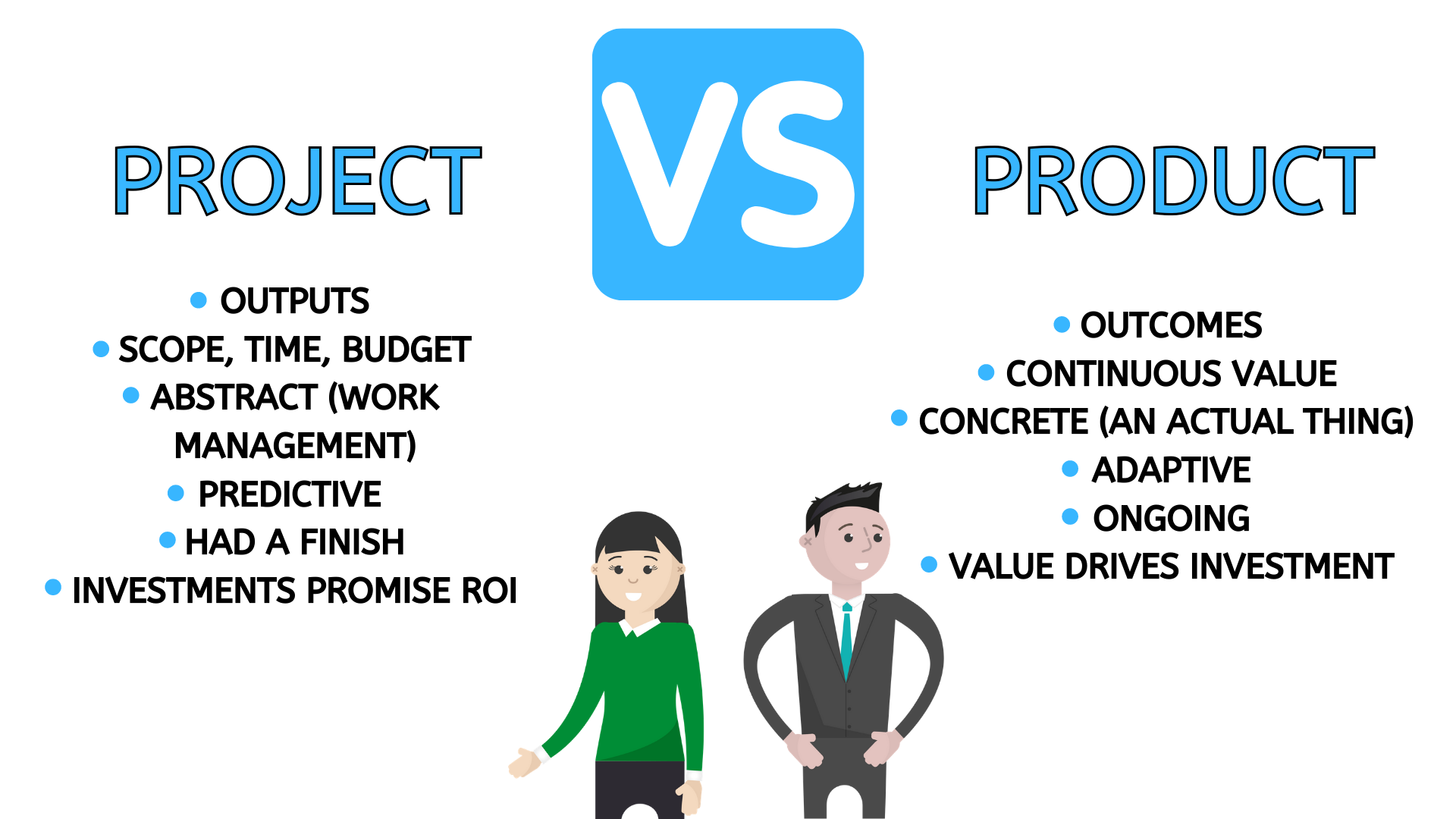
Project vs Product
Project manager and Product manager.
Our names are almost the same, so what’s the difference in these roles?
A project manager focuses on the project - making sure we deliver on time, on budget, on quality, etc.
A product manager focuses on the product - making sure the features and functions map to market needs.
We need each other to work well
read more
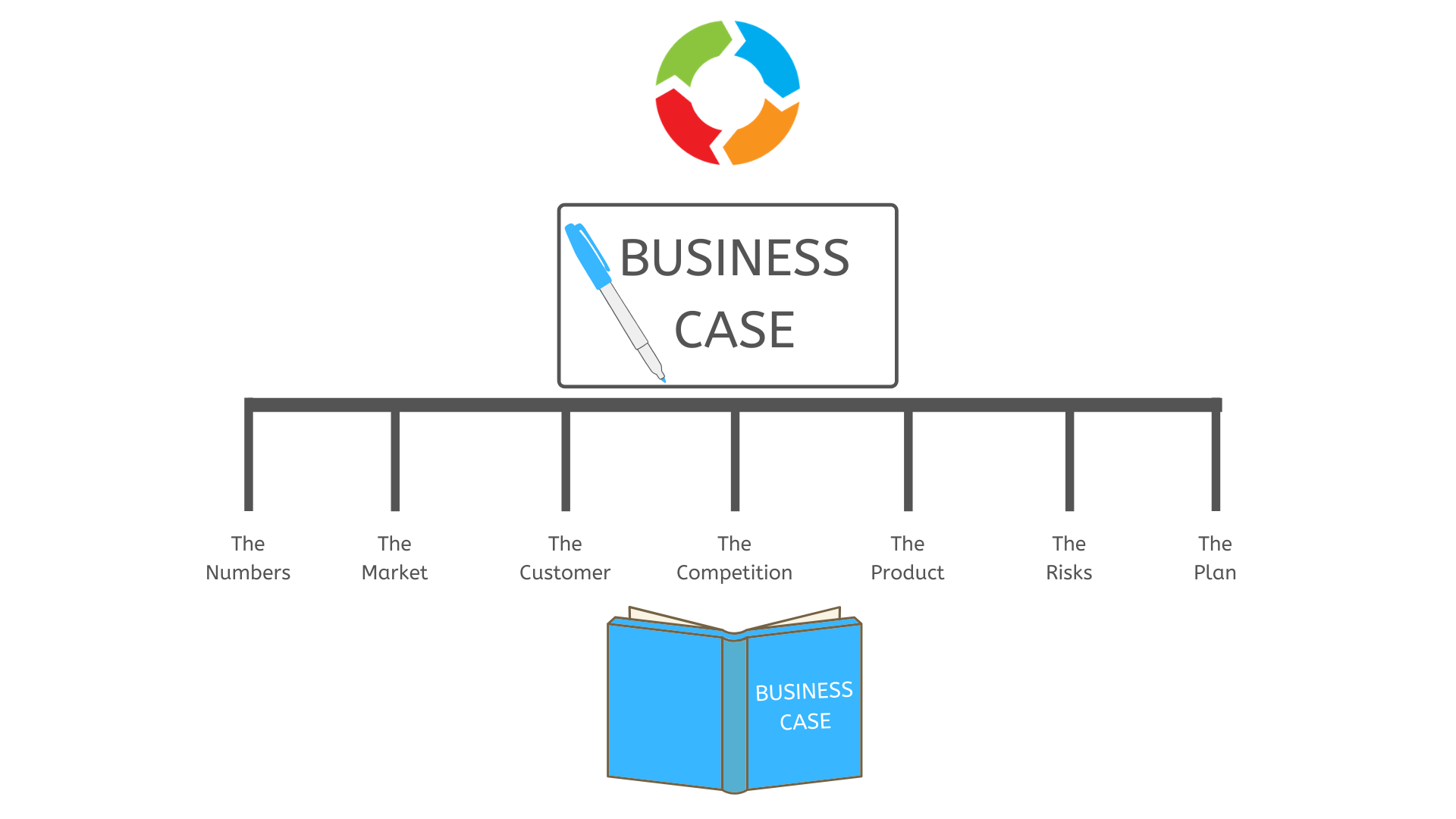
Business case buildiing
Building the business case is like doing a maths exam
“Build a business case”. A request many product managers hear when looking for funding for a new product or enhancement. But what do we mean by business case? Many take it to be some financials – a set of numbers to validate that by spending X we’ll gain Y (and hopefully Y is bigger than X!). But the financials are really just the business case summary. The rest of the document tells the full story – why we should build, what our market looks like, etc. It builds the narrative that makes the numbers believable. Think of it like that maths exam you did at school, 1 point for the answer and 9 points for the method that got you there.
read more
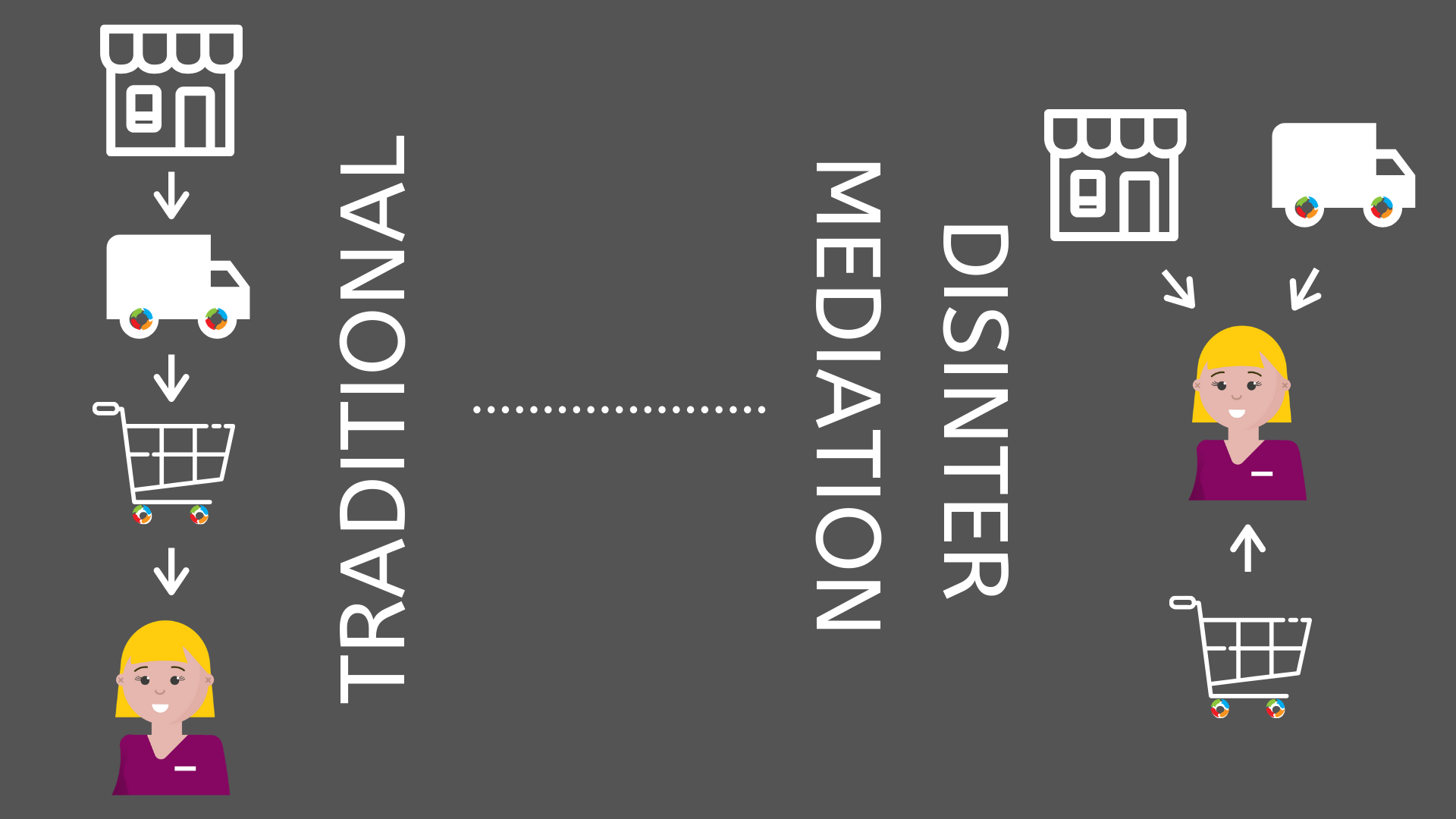
Disinter-mediation - change
Disinter-mediation is driving change
There’s a theme amongst many of our customers at the moment – when they look forward 5 years they see a radically different market as technology reduces the need for intermediaries between producers and consumers. This can be seen in many sectors; banking (p2p), legal (e-conveyancing) , finance (robotic accounting). Known generally as disinter-mediation, this trend generates risk and opportunity for Product Managers. But how should we react? The key is to understand who your customers are today and who they will be tomorrow – disinter-mediation does not necessarily remove the market need, but it can change the economic buyer. If your product is aimed at an intermediary its worth thinking about how disinter-mediation will impact your offer and how you need to change to appeal to those adjacent in the value chain.
read more

Pain points vs Delivering value
Sometimes the point of difference you have over a competitor has nothing to do with the product and all to do with an adjacent pain point you can address. Simple example, two companies supply house bricks to the construction industry. Their bricks are identical in every way. Which would the house builder choose? Conventional logic says “the cheapest” and both businesses would engage in a price war. But step away from the product and think about the bigger picture. House builders can have a real pain point around cash-flow – address that and you unlock a point of difference. Charging more per brick, but having payment terms that mean the house builder doesn’t pay until the property is sold is a potentially disruptive strategy
Even for Product Managers, it’s not always about the product.
read more
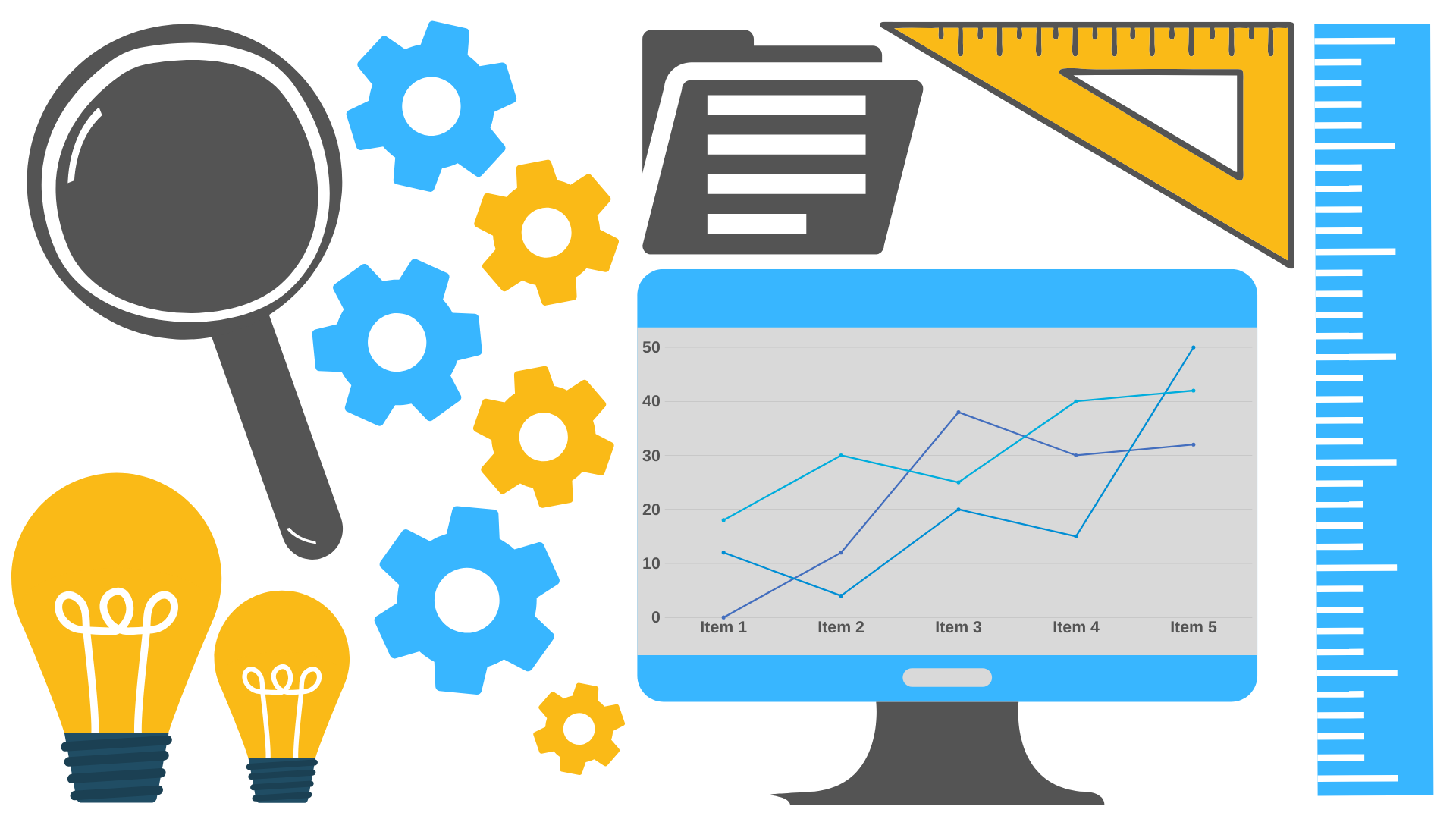
Health Check
PM health check
How do you review the maturity of a PM function? We use a 360 review:
• People
Without the right team in place it’s impossible to excel. We review the team through capability (Do they have the potential to be a great PM?), skills (Do they have the right PM experience?) and scale (Is there enough of them?)
• Processes
We review the full process, reporting, RACI, etc, viewing the process in terms of fit to your business (Risk vs reward vs scale vs speed vs certainty vs evidence vs innovation)
• Tools.
Without standardisation, product managers use such a wide variety of tools that it becomes increasingly difficult for a management team to make reasoned decisions – they cannot do an ‘apples to apples’ comparison. We review the complete process suite for robustness, ease of use, visibility and adherence.
• Environment
A great PM team, with the right processes, tools and templates can still fail to thrive because of the environment - stakeholders, supporting processes and management not aligning with product. We review stakeholder teams leadership engagement and adjacent processes to asses alignment.
read more

Features
Managing feature parity
Three customers I’m working with at the moment all have the same core issue; they’re going through a platform rewrite and are struggling with feature parity – thinking that the new product should offer EVERYTHING that the old product offered and more on day one. The start point is often bad customer- communication “Of course the new platform will deliver everything that the old one did” followed by blind panic at the realisation that feature parity will take years. Here are our tips for dealing with this:
• Find your new platform USP and make that the narrative – perhaps better security, speed, data. Something the old platform doesn’t do has to be the focus
• Make the list and prioritise – there’s nearly always an 80/20 rule, so list every feature and find the 20% that customers really use to help define the MVP. Hard research required
• Find you initial sector – Don’t attempt a big bang release – find that sector who see most benefit around your new USP and who match your MVP
• Build from there – It took years to build your current platform. It will take time to build the new one
read more

Customer Research - making sense
Making sense of customer research
So you’re conducting some customer research in the b2b world, trying to figure out if that new product idea is something your customers will buy and use. But how can you tell? You present your slide deck and they seem positive – but does that mean they will buy? This is a typical product management issue – trying to interpret customer reaction and turn it in to a revenue forecast. Here’s a simple tip. When you present your new idea hold three pieces of information back:
1. The price
2. The delivery date
3. Some integration details
Customers with real interest will ask questions like “When can I have it?”, “How much is it?” or “Will it work with our back office processes?”. Customers who don’t ask are probably not interested.
read more
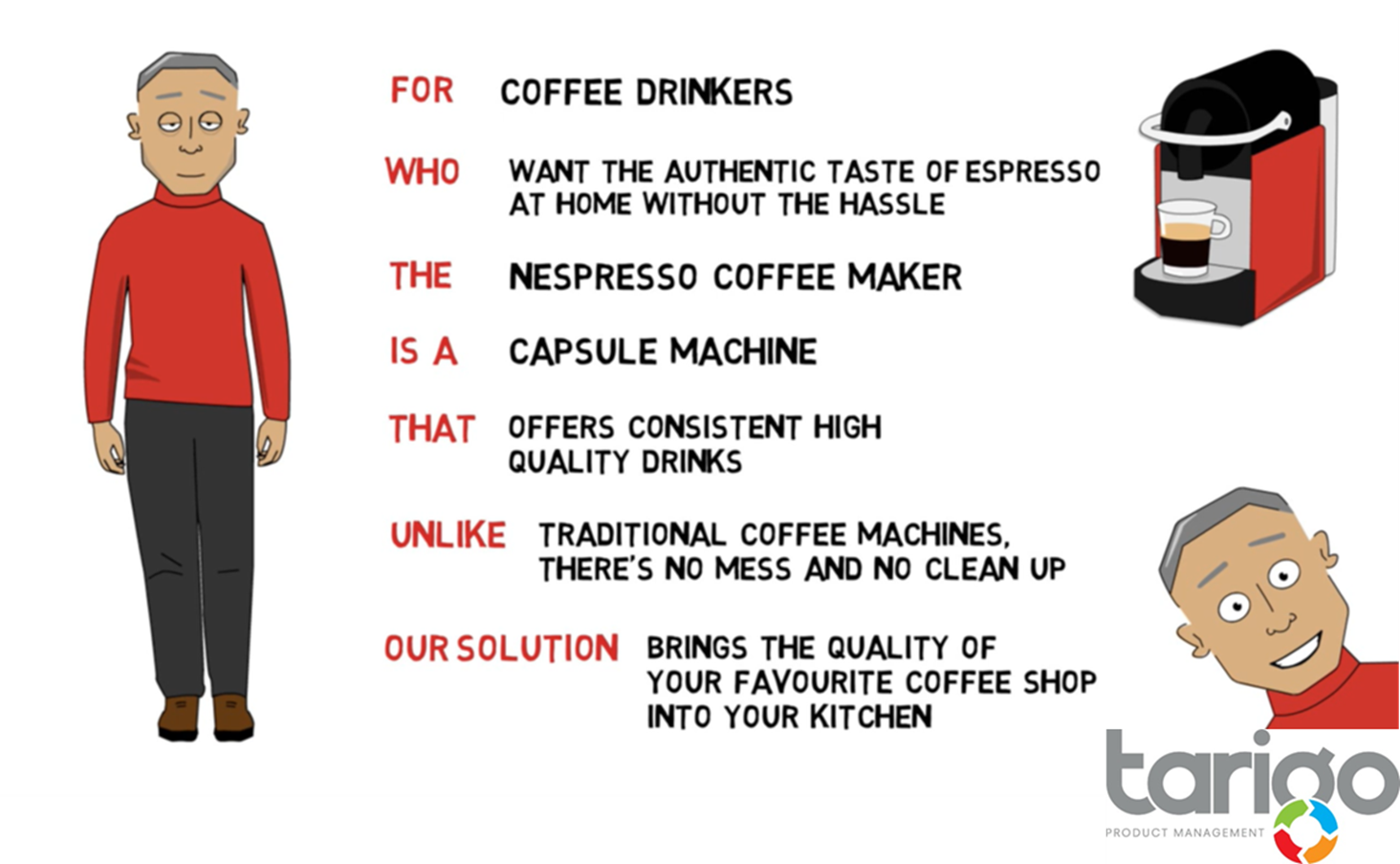
Value Propositions
Four tips for building outstanding Value Propositions
Building a really compelling value proposition is central to great Product Management – a great product needs great messaging to thrive in a market.
So how do we do it? The start point is to use a framework like the one in the image below, complete it, and then review it with these four simple rules:
1. Does it clearly identify a targetable market?
Know who you’re aiming at
2. Does it define a real and substantial need in that market?
Fix a problem they want you to fix
3. Is there clarity in the proposition and the value it delivers?
The market needs to understand what you’re trying to sell to them and why
4. Is there a defensible point of difference?
The market need to know why they should choose your product.
read more

Marketing mix
Beating commoditization
Many Product Managers struggle with a ‘me too’– they believe that their product has no discernible point of difference, so price is the only point they can win on. It’s true that commonization at a feature level is a fact of life for some teams, but that does not mean price is the only difference left. Think about your own purchasing experience – product is important, but so is service, brand, availability, etc. The point is, people buy and use products for a range of factors and Product Managers should try and find points of difference across that range. Here’s our tip, step through the 7 P’s of marketing and for each one try and identify a USP – you might find that your commoditized product is in fact a proposition with clear points of difference when you look though this lens.
read more
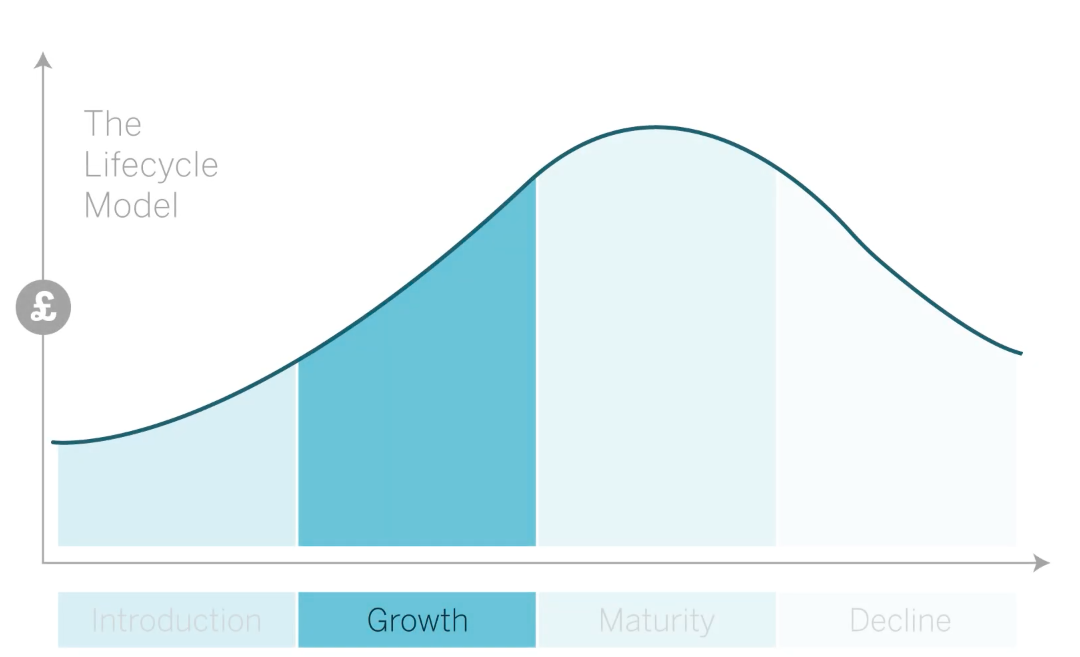
Growth – Who’s job is it?
Growth is something we are all familiar with. But are we fully aware of where the responsibility of growth lies?
We all get set our own targets to hit, but growth is more than just a target. Being able to produce the capability of growth, and with that – large scale growth, is a different thing entirely. Growth has become a fundamental of the product itself and therefore a lot of the responsibility lies with the product manager.
So, where does growth start? First, it’s important to note that as a product manager, growth starts with the vision - How big are you looking at the opportunity you’ve identified? You will not be able to influence growth if you aren’t planning for growth.
Planning growth cannot happen if you, as a product manager, don’t have a deep understanding of your product! With a clear and deep understanding of your product, it is possible to coherently communicate concise points of value to the customer
Ultimately, the goal is to manage the communication of the product so that target customers move to a point of curiosity and interest as quickly as possible… within seconds of seeing your product!
As product managers, we are pulling on the strings of influence as oppose to directing this process first hand
read more

Time to focus!
Is this the right time to be thinking about strategy and planning for the future?
We are facing an uphill battle together, all of us are in the same position with current guidelines, and maybe this gives us some time to make sure we are up-to-date with strategy planning and product plans.
It’s important to that these things are always kept updated but we often cut these jobs quickly in order to respond, tactically, to other issues and responsibilities.
So before saying no to plan updates and strategic thinking ask yourself:
- Can I delegate some of these tactical responses to someone else?
- Is going to have the largest impact in the long term?
- Am I doing enough to be on track with my strategic thinking and planning?
read more

Worth of remote working
Proving the worth of the remote working.
With the adjustment to remote working being fresh for some, and adapting to full working weeks at home is a big change for most. We need to use this opportunity to create something positive, and that should be the benefit of working from home more regularly!
What benefits can come from remote working?
- Better work/life balance
- Higher productivity rate, if done well!
- More down time to relax and less travel time.
- Which feeds into being even more productive!!
These a just some of the shared benefits between employer and employee when working remotely, and we can use this situation to add a lot to the debate of working from home. Is full time remote work feasible for some? How much of a blended approach should we take to this? And, what works best for different companies, in terms of remote working?
read more

Working from home
Across the globe offices, buildings and many public places are closing voluntarily or have been asked to closed. the main thing is everyone is pulling together to do there bit to ensure we are all as safe as possible!
With risk comes opportunity, and this takes us to the point and case of today blog. Many of us find ourselves in the position of working from home, and whilst this might be common practice for some of us, once or twice a week, but it can be a strange concept to adjust to.
Remote working has become more accessible and with it, created more debate around the topic. With that, we wanted to give you three key points to ensure success whilst working from home.
- Maintain the same work/life schedule. Get up at the same time, dress as normal and use this to try and limit any distractions
- Have a clear action plan, with goals set and tasks to complete.
- Communication is key, stay in touch with your peers, leaders and key members. One or two catch up video calls each day help to keep the team on the same page and everything moving in the right direction.
read more
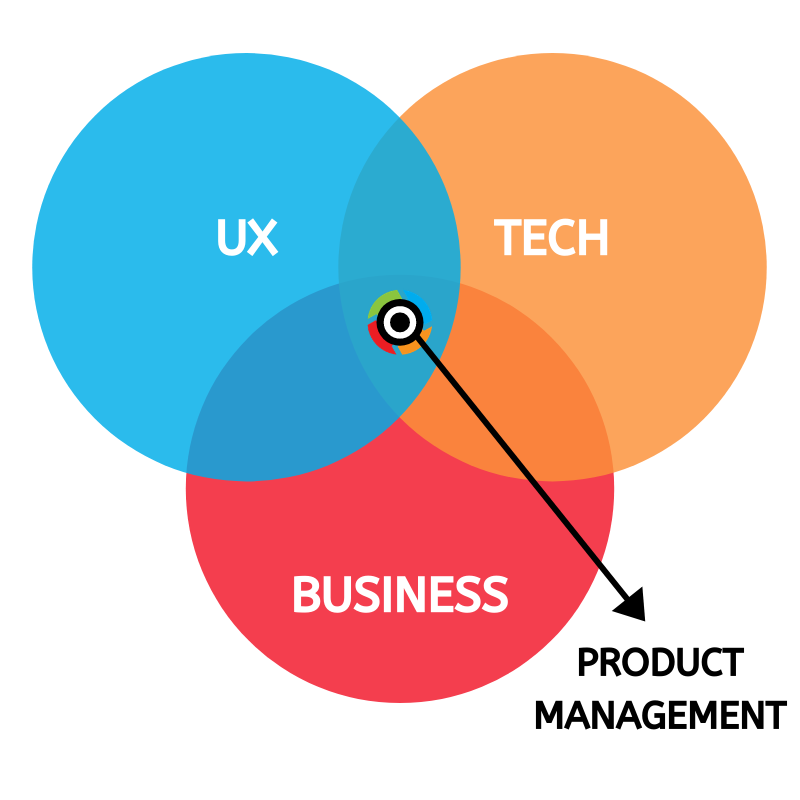
Part 2 - Product Culture
The Product Manager is the person responsible for defining the Why? When and What? of the product that the engineering team builds. It is an important organisational role that:
- Sets the vision and strategy for the business solutions
- Communicates the roadmap
- Defines the feature definition for a product or product line.
- The position may also include marketing, forecasting, and profit and loss (P&L) responsibilities. In many ways, the role of a Product Manager is similar in concept to being a CEO of a solution.
Product Managers provide the deep product expertise needed to lead the organisation and make strategic product decisions. They analyse market and competitive conditions, laying out a product vision that is differentiated and delivers unique value based on customer needs. The role spans many activities from strategic to tactical and provides important cross-functional leadership most notably between engineering, marketing, sales, and support teams.
The help in transparent cross-team communication means that everyone in the company is working towards the same goal and product messages don’t get diluted or misrepresented, it’s this accuracy in communicating that helps drive product success
read more
Check out the Archive